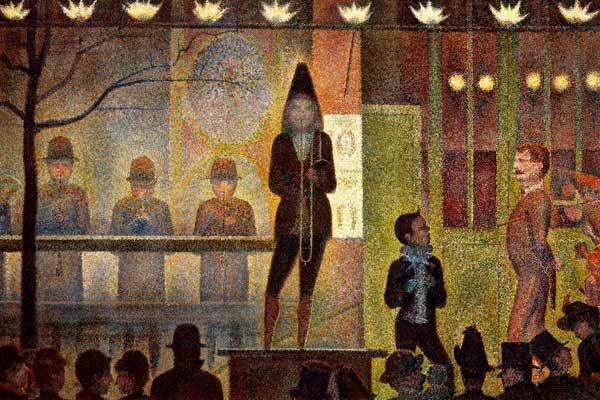Close Looking as a Strategy for Arts Integration
3 Min Read • Visual Art
Strategy For Arts Integration
Using observation in visual art is a wonderful means to access standards and skills in various contents. There are some great strategies for accessing this connection, including Artful Thinking, Visual Thinking, and See, Think, Wonder, all of which are strategies that involve asking questions around a piece of art that lead to higher level and critical thinking, as well as encouraging our students’ observation and inference skills. As artists, we know that this is common practice in analyzing any art form, but it can easily be translated to the general classroom as a means of encouraging practices and standards in any content area.
Today, I’d like to focus in on a particular strand of artful/visual thinking called “close looking.” This particular practice encourages observation skills through artful thinking, but can help students access particular concepts in other content areas. Close looking is the visual arts equivalent of close reading in literacy, so essentially, by observing a piece of visual art closely and uncovering layers and deeper meaning through the practice of close looking, we encourage a student’s critical thinking skills and we make connections to ELA practices.
Let’s look at one way we can implement “close looking” in the classroom.
Begin with a small selection of a larger piece of art, such as the following:

Ask open-ended questions and encourage visual thinking by using artful thinking and “See, Think, Wonder” strategies.
How would you describe the use of color?
How do you think the artist created this piece?
What tools do you think the artist used?
Once students have engaged in conversation about this selection of the piece, pull back to view the entire image.

Georges Seurat, “La Parade de Cirque”
Continue to engage students in Artful Thinking and “See, Think, Wonder” strategies and continue the dialogue, but now have students make connections, observations, and inferences about the relationship between the part and the whole. For example, students may be able to infer from the small image that the entire image was created through the technique called “pointillism.” Encourage students to engage in conversation about their observations, ideas, hypotheses, and questions.
You can use this strategy on any level: with “big ideas” (anchor standards and practices), concepts and skills, and individual units or lessons.
Big Ideas
Common Core- ELA Anchor Standards for Reading
- ALL 10 standards!
Common Core- Standards for Mathematical Practice
- Mathematical Practice #2: Reason abstractly and quantitatively.
- Math Practice #3: Construct viable arguments and critique the reasoning of others.
- Mathematical Practice #7: Look for and make use of structure.
Next Generation Science Standards- Science and Engineering Practices
- Engaging in arguments from evidence.
- Obtaining, evaluating, and communicating information.
Concepts
When you dig into specific concepts that can be taught with this strategy, these are a few that come to mind:
- Point of view
- Inference
- Context clues
- Structure/form
- Collaborative discussion
- Relationship between part to whole
Lessons and Units
Furthermore, we could choose images that help reinforce particular units of study. For example, you could introduce a study of weather by close looking at pieces of visual art related to weather (Kennedy Center’s ArtsEdge has a great list of weather-related artworks here).
What other works could you use to introduce/reinforce other units of study?



